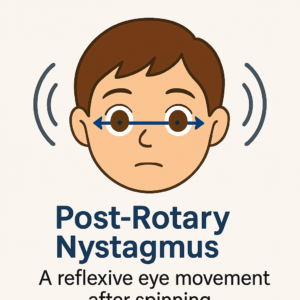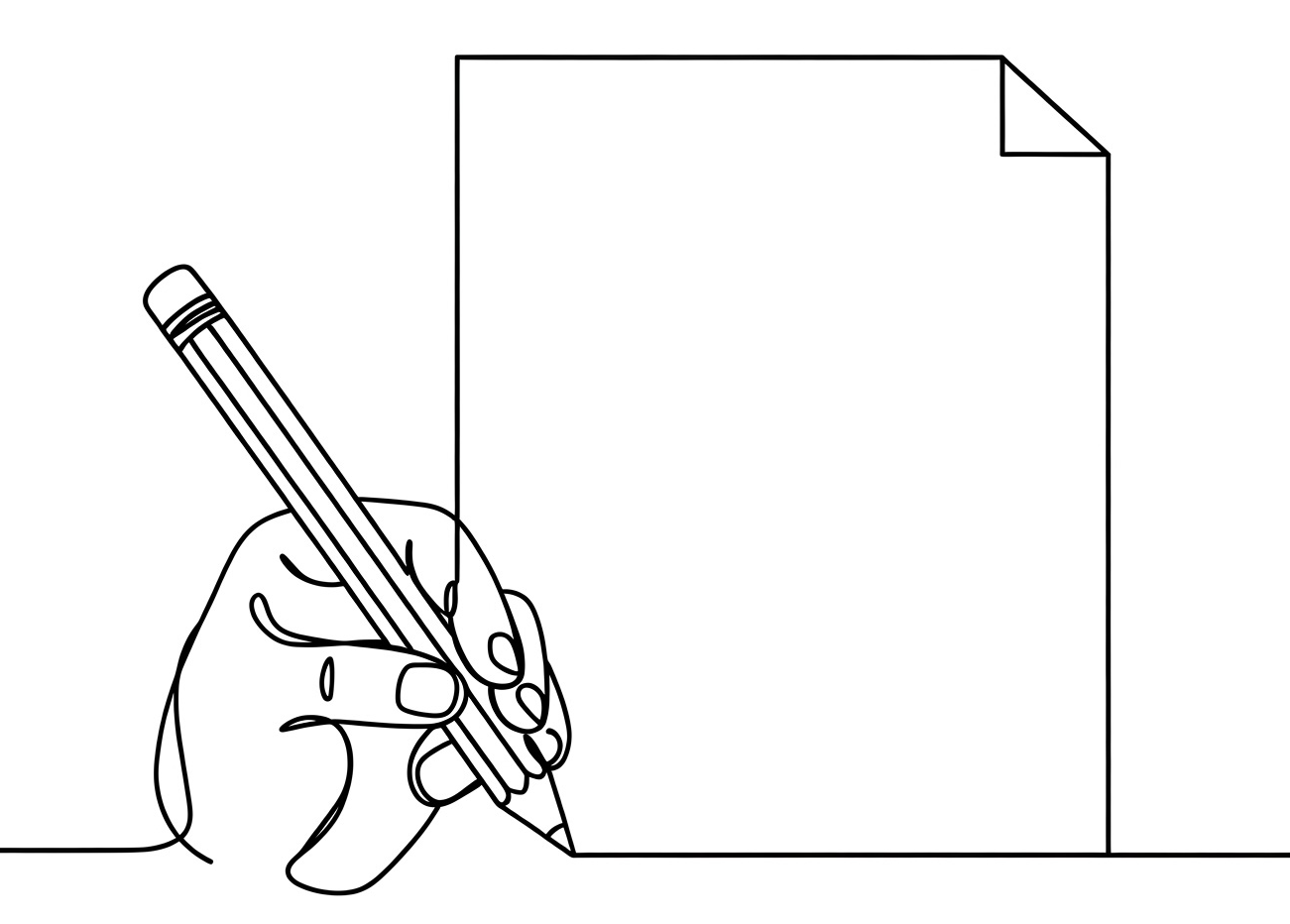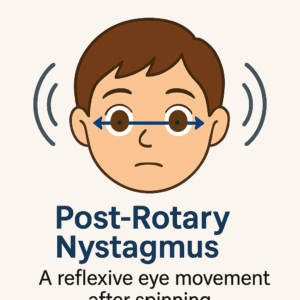Post Rotary Nystagmus (PRN) Test
“Post-rotary nystagmus” (PRN) is a reflexive, automatic eye movement that occurs after a child is spun in one direction and then stopped. It’s part of how we assess how well a child’s vestibular system—the sensory system responsible for balance, movement, and spatial orientation—is functioning.

Why is PRN important?
The vestibular system plays a critical role in helping children:
- Sit still in a chair
- Maintain balance when walking or playing
- Track their eyes across a page when reading
- Focus and attend during classroom tasks
- Feel calm and organized in their body
By observing the duration and quality of PRN, we can get insight into whether a child’s brain is processing movement and balance information efficiently. If their response is too short, too long, or asymmetrical, it may suggest that the vestibular system is either under-responsive or over-responsive.
How it might affect a child in school or at home:
- A child with an under-responsive vestibular system might seek out movement constantly (spinning, jumping, crashing into things) to feel “just right.”
- A child with an over-responsive vestibular system might avoid movement, get dizzy or anxious with swings or fast motion, or seem fearful of playground equipment.
- Poor vestibular processing can also affect core strength, attention, and eye-hand coordination, all of which are important for learning.
NORMS:
California Postrotary Nystagmus Test:
<8 seconds may indicate hyposensitivity
10 seconds is the average for children between ages 3-8.
>12 seconds may indicate hypersensitivity
Validity of the Postrotary Nystagmus Test for Measuring Vestibular Function
- August 2010
- OTJR Occupation Participation and Health 30(2)

